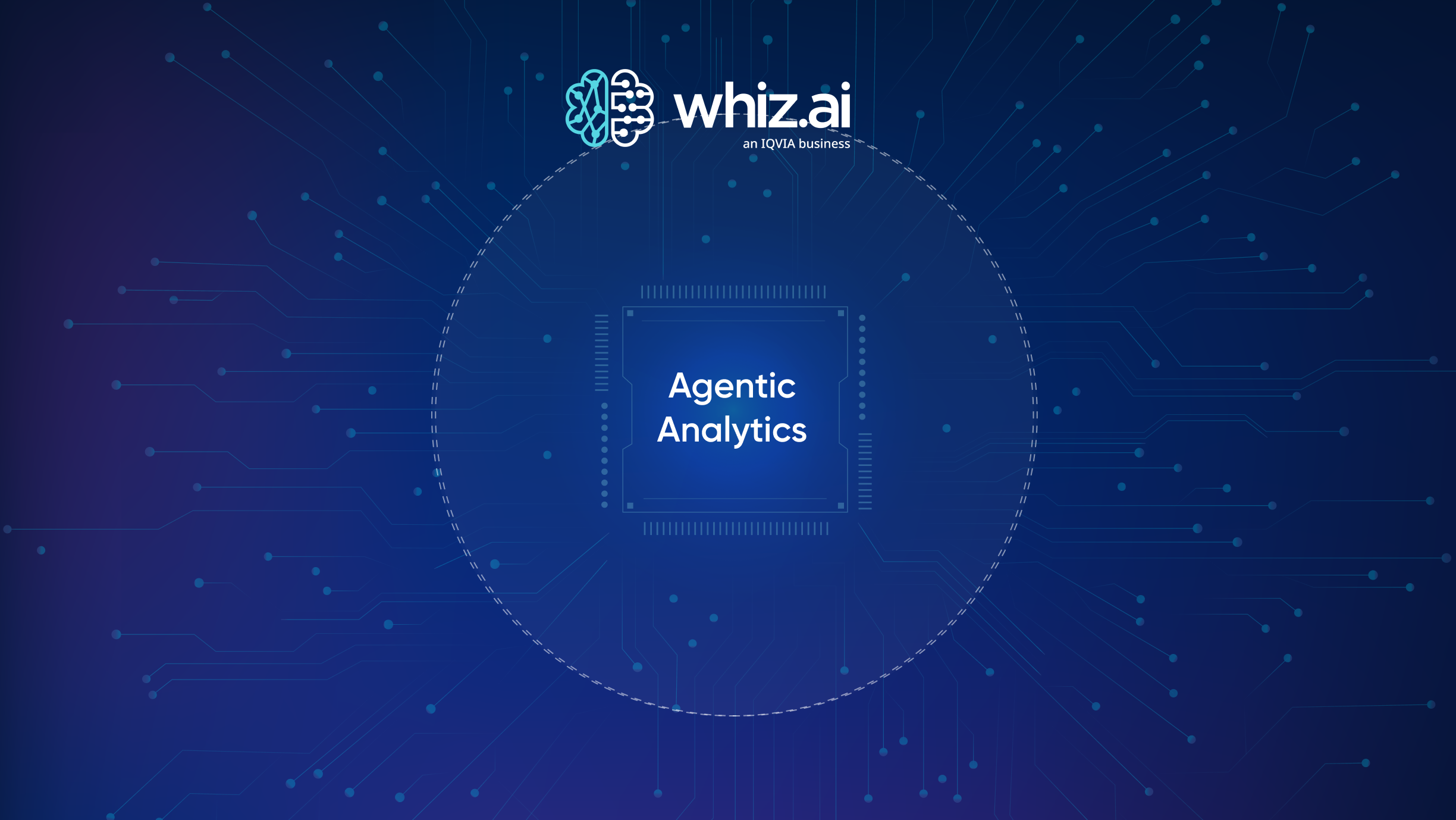Explore the Possibilities of Generative AI for Enterprises


How Generative AI Benefits Life Sciences
Generative AI has the potential to streamline a range of processes in life sciences and healthcare. For example, generative AI can assist with research, slashing the time data analysis currently takes. It can also search billions of data points to find patterns, identify anomalies, and produce models of complex biological systems.In addition, generative AI allows life sciences companies to make data and data analytics insights available to commercial teams. It can search data points to provide information that sales teams can use to personalize interactions with physicians or healthcare organization decision-makers. Generative AI can also help commercial teams find top opportunities, optimize marketing strategies, and reveal the best path to providing treatment access.
Top Features of Enterprise edition for Generative AI
- Self-Service Analytics
Business users often rely heavily on their data or IT teams for analyses and wait weeks—or more—for the answers they need. Healthcare and life sciences users should have easy access to the data insights they need to make the best decisions day-to-day. Generative AI that offers the most value will include a user-friendly dashboard that users can configure in a no-code environment and allow users to ask questions conversationally. - Scalability
Life sciences data is growing exponentially. Therefore, any analytics platform an enterprise deploys today must be able to scale to analyze the increasing data volumes of tomorrow. Savvy enterprise decision-makers will research the solution’s architecture to confirm that it can scale easily without impacting operation or performance. - Security
Security is paramount because life sciences and healthcare data include sensitive and protected health information (PHI). Enterprises must ensure the platform provides security, access control, and data governance features that restrict access only to the users needing it and prevent unauthorized use - Domain-Specificity
Generative AI trained specifically with life sciences data will deploy more quickly—in weeks rather than the months it takes to deploy a solution trained with non-specific data. Additionally, it will provide relevant, contextual, and accurate answers from the first query, laying the groundwork for user trust and adoption. - Integrations
Generative AI must be able to connect to data sources, both internal and external, and integrate with the business systems that life sciences and healthcare organizations use, such as Salesforce, Veeva, and Microsoft Teams.
The Benefits of Generative AI for Enterprises
Generative AI solutions with the right features will deliver substantial benefits to healthcare organizations and life sciences companies:
Increased Productivity
Giving business users self-service access to data insights on-demand will streamline processes, help them work more quickly, and move the focus from the analyses to their core responsibilities. Generative AI can provide information to employees whether they’re providing care, helping patients access the treatment they need, or creating effective marketing or sales campaigns.
Data ROI
When user adoption rises, dependence on IT resources decreases, and total cost of ownership (TCO) drops by 50%, organizations can see ROI from data acquisition and analytics that eluded them when they used traditional BI dashboards and analytics solutions.
A Catalyst for a Data Culture
Making contextual data insights easily accessible enables business users to make data-driven decision-making routine. They can check with data before interacting with patients or customers, find the root cause of changes, and determine the best next steps. Results will include better outcomes and enhanced job performance throughout the organization.
Frequently Asked Questions
What is WhizAI’s hybrid NLP engine?
Our hybrid natural language processing (NLP) engine leverages both deep learning and natural language query (NLQ), natural language understanding (NLU), and natural language generation (NLG). These technologies allow WhizAI to understand users when they ask questions conversationally and generate responses that are easy for users to understand.
Does WhizAI provide ad hoc analysis?
Yes. WhizAI changes analytics from using the dashboard as the unit of work to ask a question. Users don’t need to generate a report, perform calculations, or choose a visualization. WhizAI does it all.
Which devices can you use to access data insights?
Authorized business users can access insights from WhizAI on a PC, laptop, tablet, or mobile device to make data-driven decisions wherever they’re working.
Is WhizAI only designed for English speakers?
No. WhizAI is fluent in five languages: English, French, German, Spanish, and Italian.
Can you use WhizAI with traditional BI dashboards?
Yes. WhizAI can complement BI dashboards with an easy-to-maintain solution that employees can access with minimal intervention from their IT teams. Furthermore, according to our data, it can reduce the number of dashboards the IT team maintains from 20 to 5 on average.


Subscribe to our blog








.png)






.avif)



.png)